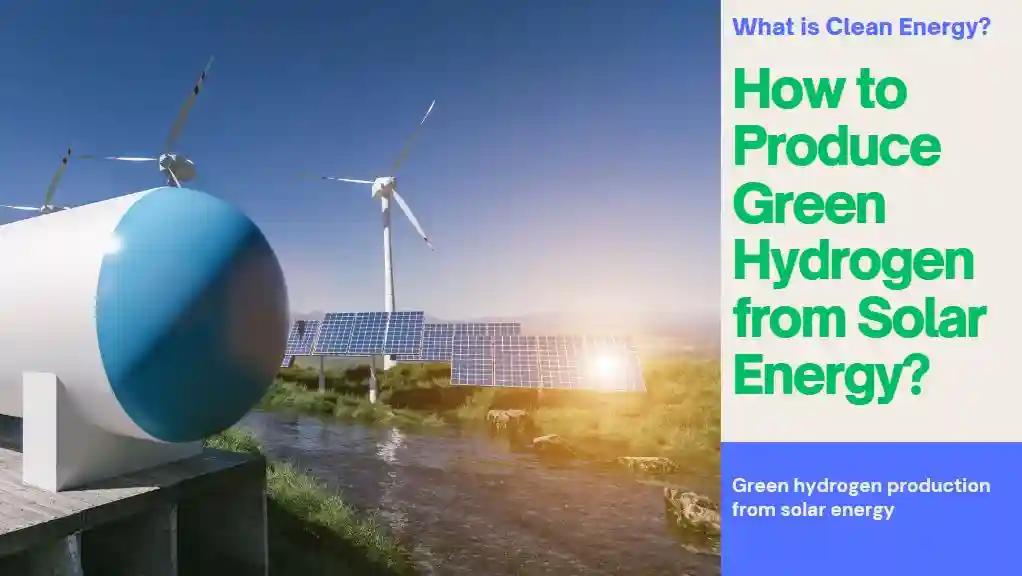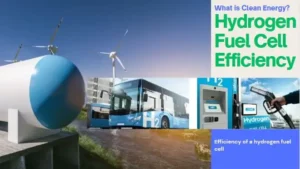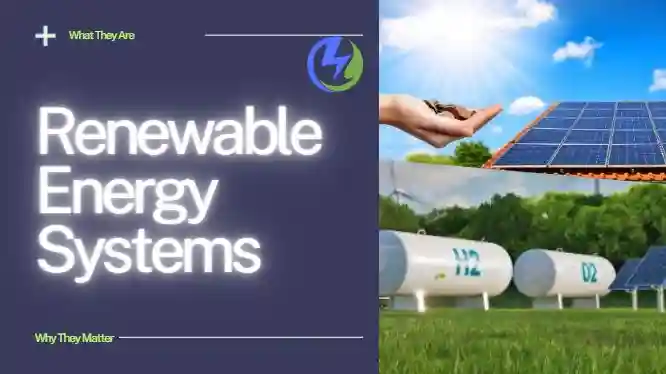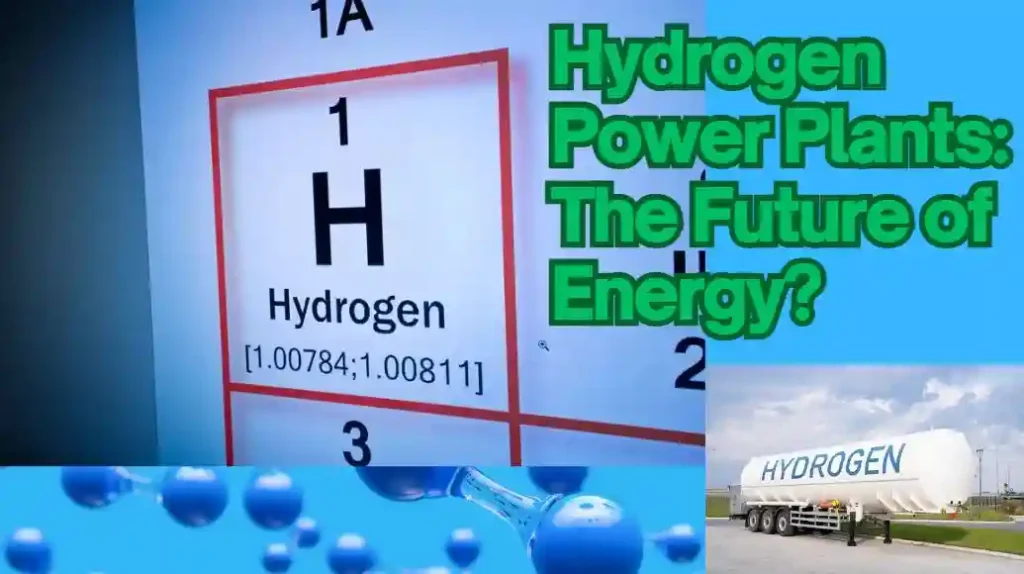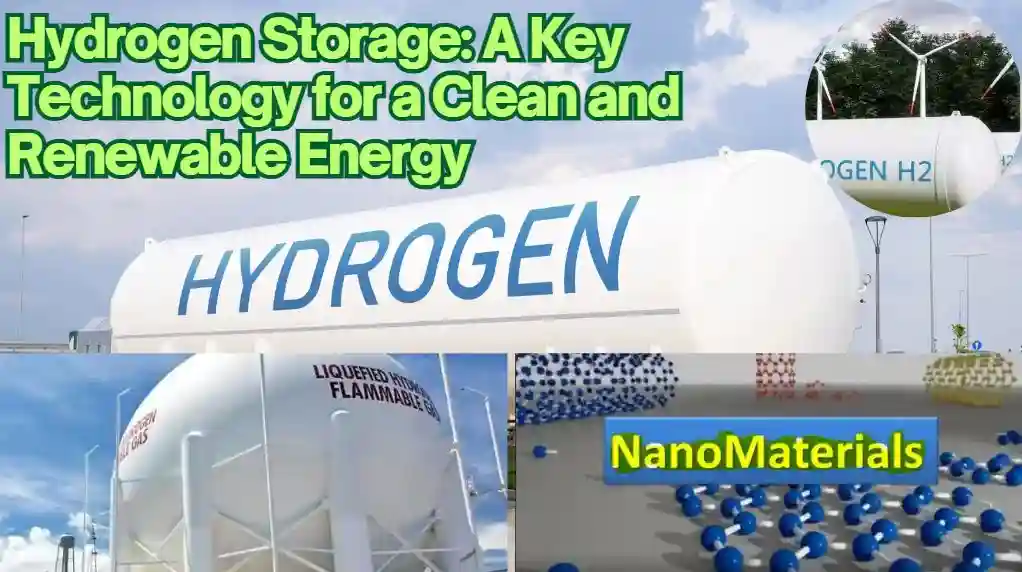Green hydrogen is a type of hydrogen that is produced from renewable energy sources, such as solar or wind power. It is considered a clean and sustainable fuel that can be used for various applications, such as transportation, industry, and power generation. In this article, we will explain how to produce green hydrogen from solar energy using different methods and technologies. We will also discuss the advantages and challenges of green hydrogen production and its potential impact on the environment and the economy.
Green hydrogen production from solar energy
Hydrogen is the most abundant element in the universe, but it is not found in its pure form on Earth. It is usually bound to other elements, such as oxygen in water or carbon in fossil fuels. To produce hydrogen, these bonds need to be broken using energy. Depending on the source of energy and the method of production, hydrogen can have different colors, such as grey, blue, or green.
Grey hydrogen is the most common type of hydrogen, which is produced from natural gas or coal using a process called steam methane reforming (SMR). This process emits a large amount of carbon dioxide (CO2), a greenhouse gas that contributes to global warming. Blue hydrogen is similar to grey hydrogen, but it captures and stores the CO2 emissions, reducing its environmental impact. However, this process is still dependent on fossil fuels and requires additional infrastructure and costs for carbon capture and storage (CCS).
Green hydrogen, also known as clean hydrogen, results from splitting water into two hydrogen atoms and one oxygen atom using a process called electrolysis. This process uses clean energy from surplus renewable energy sources such as solar or wind power. This process does not emit any CO2 or other pollutants, making it the most environmentally friendly way of producing hydrogen. Green hydrogen can be stored and transported using existing gas pipelines or tanks. It can also be converted into other forms of energy, such as electricity or synthetic fuels.
Methods and Technologies for Producing Green Hydrogen from Solar Energy
There are different methods and technologies for producing green hydrogen from solar energy. It depends on the type and configuration of the solar system and the electrolyzer device. The main methods are:
Photovoltaic-electrolysis (PV-E)
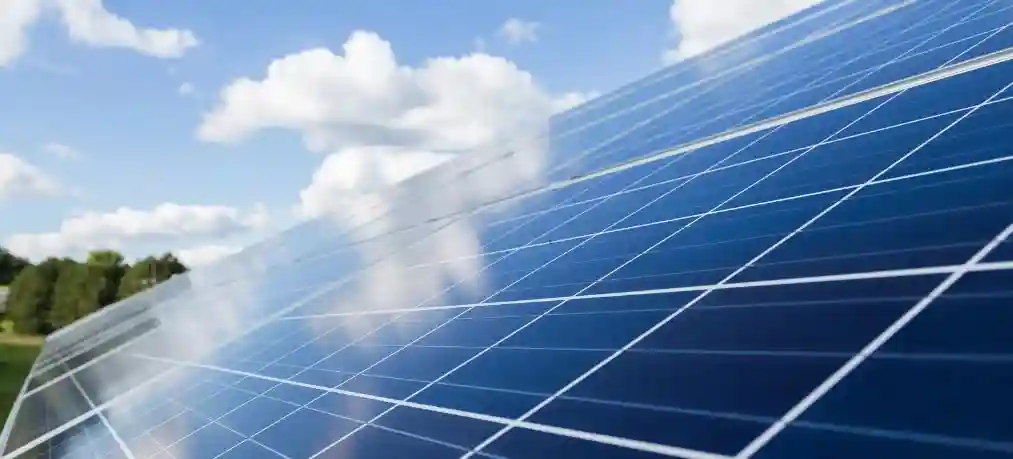
This method uses a photovoltaic (PV) device, such as a solar panel, to convert sunlight into electricity, which then powers an electrolyzer device, such as a proton exchange membrane (PEM) or an alkaline electrolyzer, to split water into hydrogen and oxygen.
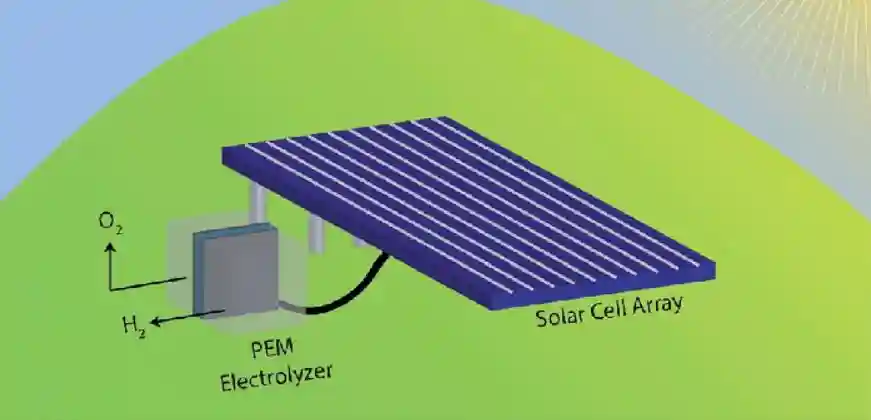
This method can be either coupled or decoupled, depending on whether the PV and the electrolyzer are directly connected or separated by a battery or a grid. Coupled systems have higher efficiency and lower costs, but they are limited by the intermittent and variable nature of solar energy. Decoupled systems have more flexibility and reliability, but they require additional components and energy losses.
Concentrator photovoltaic-electrolysis (CPV-E)
This method uses a concentrator photovoltaic (CPV) device, such as a lens or a mirror, to focus sunlight onto a high-efficiency solar cell, which then generates electricity to power an electrolyzer device.
This method can achieve higher solar-to-hydrogen (STH) efficiency and lower levelized cost of hydrogen (LCOH) than conventional PV-E systems, especially at high solar irradiance levels. However, this method also requires more complex and expensive components, such as tracking systems, cooling systems, and optical devices.
Photoelectrochemical (PEC)
This method uses a photoelectrochemical (PEC) device, which combines a photovoltaic device and an electrolyzer device into a single unit. The PEC device absorbs sunlight and generates an electric potential across a semiconductor material which then drives the water-splitting reaction at the surface of the device.
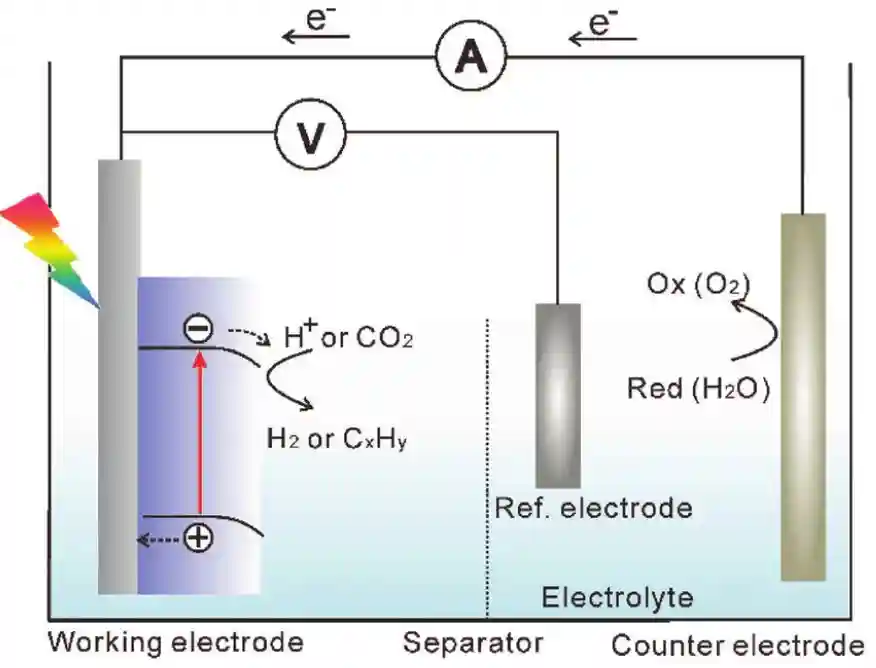
This method can potentially achieve the highest STH efficiency and the lowest LCOH among all methods, as it eliminates the need for external wires, converters, and controllers. However, this method is still in the early stages of development and faces many challenges, such as low stability, durability, and scalability of the PEC materials and devices.
Main characteristics, advantages, and disadvantages of each method
| Method | Characteristics | Advantages | Disadvantages |
|---|---|---|---|
| PV-E | Uses a PV device and an electrolyzer device separately or connected | Mature and widely available technology | Low STH efficiency (10-20%) |
| Can be coupled or decoupled | High flexibility and reliability | High LCOH ($4-10/kg) | |
| Uses PEM or alkaline electrolyzers | Compatible with existing infrastructure | Dependent on solar variability and intermittency | |
| CPV-E | Uses a CPV device and an electrolyzer device | High STH efficiency (25-30%) | High complexity and cost of components |
| Requires tracking, cooling, and optical systems | Low LCOH ($2-6/kg) | Requires high solar irradiance and concentration | |
| Uses PEM or alkaline electrolyzers | Suitable for arid and sunny regions | Limited by land and water availability | |
| PEC | Uses a PEC device that integrates a PV device and an electrolyzer device | Potential for highest STH efficiency (30-40%) | Low stability and durability of materials and devices |
| Requires only water and sunlight | Potential for lowest LCOH ($1-3/kg) | High cost and scarcity of materials | |
| Uses semiconductor materials | Simple and compact design | Low scalability and manufacturability |
Conclusion
Green hydrogen is a promising fuel that can help decarbonize various sectors of the economy and society. It can be produced from solar energy using different methods and technologies, each with its own benefits and drawbacks. The choice of the best method and technology depends on many factors, such as the availability and quality of solar resources, the demand and price of hydrogen, the environmental and social impacts, and the technical and economic feasibility.
The development and deployment of green hydrogen production from solar energy requires further research, innovation, and collaboration among stakeholders, as well as supportive policies and regulations. By overcoming the current challenges and barriers, green hydrogen production from solar energy can become a viable and competitive option for a sustainable and clean energy future.

